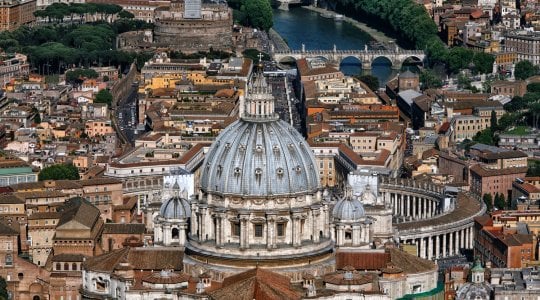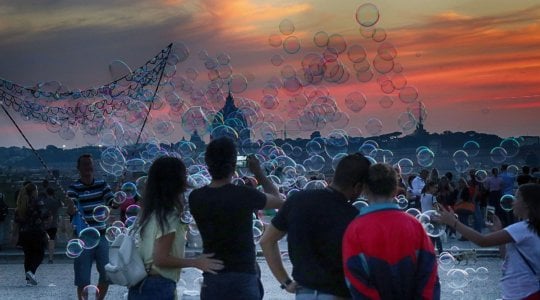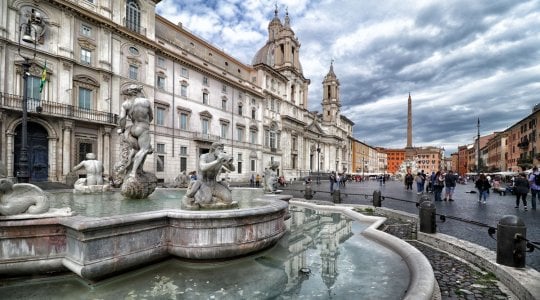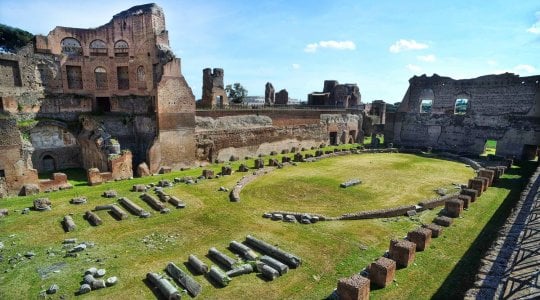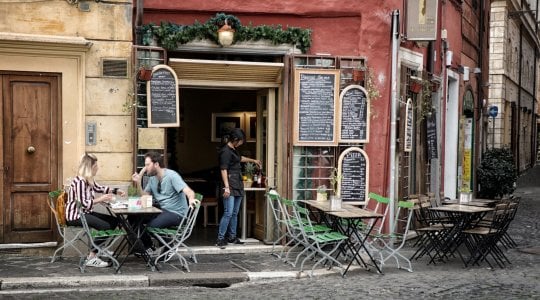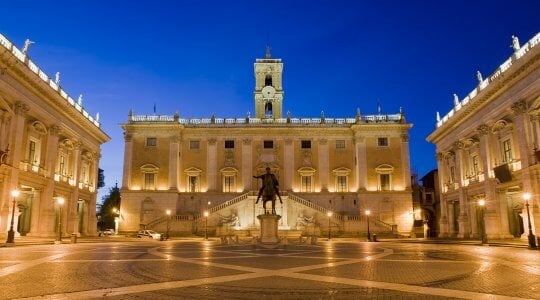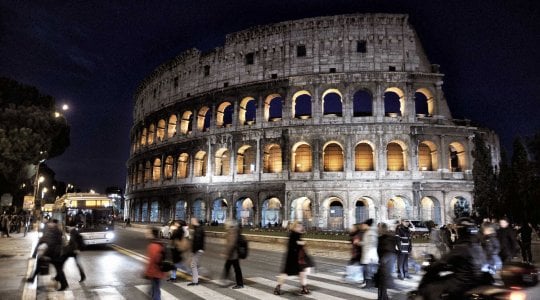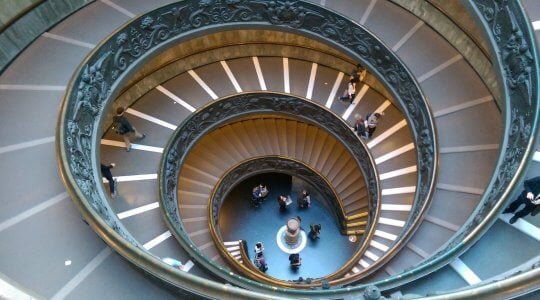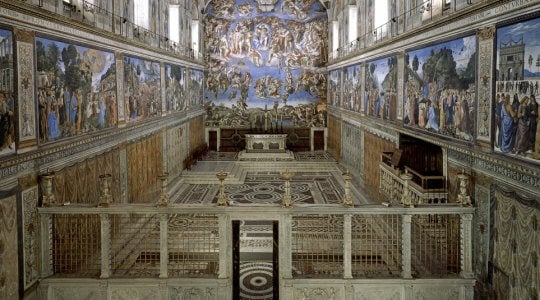Official Reseller Rome and Vatican – Jubilee 2025

Rome neighborhoods: San Giovanni
San Giovanni is one of the Roman zones that can count on a millenary tradition. Defined in local terminology as Appio-Latino, it includes several Renaissance buildings and hides a long series of points of interest.
The San Giovanni neighborhood over time
The beginnings of the Appio-Latino zone, both from the landscape and the social point of view, should be traced back even to the Etruscans: before the Roman age.
However, the first official news about San Giovanni zone dates back to the Renaissance and is attested by the presence of numerous monuments that have to do with that historical-literary period. Among these, it is worth mentioning the Basilica of San Giovanni in Laterano and the Lateran Palace, both very important in terms of artistic and cultural aspects. The avenues are also very interesting, with their typical cobblestones that make them even more picturesque.
The San Giovanni zone today
Nowadays, the Appio-Latino zone is certainly experiencing a phase of urban expansion. In this context, a fundamental role was assumed thanks to the May Day concert, which is held every year in the square just a stone’s throw away from the basilica.
The neighborhood of San Giovanni is experiencing a phase of clear development from a demographic point of view: it counts, in fact, about 60 thousand inhabitants.
That Appio-Latino is the ninth zone of Rome, belonging halfway between the 7th and 8th Municipality of Rome. After several decades in which it was a real dormitory neighborhood, San Giovanni has definitely been awakened. Today it is rich with green areas to be experienced, which have increased its livability and immersed citizens in an ideal climate.
Where to go in San Giovanni
The Basilica of San Giovanni in Laterano is the cathedral of the diocese of Rome, the oldest and most important basilica of the West and deserves a prolonged visit. Located on the Celio hill, it boasts a large and interesting surrounding architectural complex and unique interiors.
The area is also bordered by a long stretch of the Aurelian Walls, where several doors of important historical and artistic interest are concentrated, including Porta San Giovanni, Porta Asinaria and others.
Although it is not crowded with tourists, the neighborhood is very close to the center of Rome and is an ideal place for relaxing thanks to many small cafes.
The old markets, like the very famous one on Via Sannio, still prevail over shopping centers. Big shopping takes place especially during a profitable walk on the central Via Appia: frequented by clothing lovers, albeit at affordable costs. From here we reach Via Appia Antica, which was considered by the Romans the “queen of the streets”: one of the greatest works of engineering in the ancient world for the enormous economic, military and cultural impact it had on Roman society. Here, there is the Appia Antica Regional Park: an area protected by the strong archaeological presence.
Surely, it is a well-connected area where you will not get bored: the metro has a stop called San Giovanni and there are many tram lines that pass through the neighborhood. Furthermore, there is the Roma Tuscolana Railway Station that represents a perfect crossroads for all of Italy.
